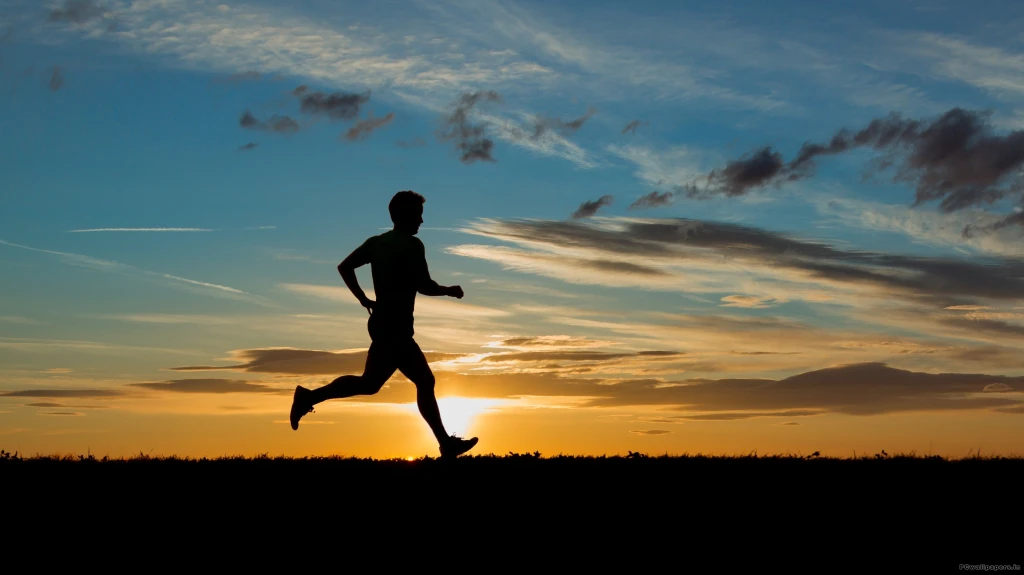This week in the world of sports science, here’s what happened…
- Is zone two cardio training effective?
- Mouth rinsing may improve RDL performance
- New sports are competing for a spot in the Olympics
Is zone two cardio training effective?
In a recent YouTube video, Matt Casturo provided an insightful and instructive analysis of zone two cardio training, a topic that is often misunderstood. Zone two, which falls on the lower end of the five heart rate zones, is commonly referred to as “base training”. Casturo explains that zone two is characterised by heart rates that range between 60% and 70% of an individual’s maximum heart rate. To determine one’s maximum heart rate, Casturo recommends utilising the Bruce protocol, although he recognizes that using the formula 220 minus one’s age is simpler, albeit less precise.
Casturo acknowledges and addresses several misconceptions and challenges associated with zone two training. One significant problem with zone two training is that it can be difficult to run at a slow enough pace to maintain a heart rate within zone two. To address this issue, Casturo recommends incorporating walking periods into training routines, which can prevent the heart rate from exceeding zone two.
Another common misconception about zone two cardio training is that it is ineffective to train at such a low heart rate. However, Casturo discusses compelling research comparing Boston Marathon qualifiers and non-qualifiers. The findings suggest that qualifiers trained at low intensity for 77% to 84% of their overall training runs, while non-qualifiers trained at low intensity for only 36% to 43% of their training runs. Training at lower intensities allowed qualifiers to accumulate more training volume than non-qualifiers. Specifically, qualifiers ran an average of 40 to 46 miles per week, while non-qualifiers ran significantly fewer miles per week (23 to 35 miles).
Casturo concludes his video by guiding how to program zone two training and offering three program examples. For those interested in enhancing their aerobic conditioning or seeking to learn more about zone two cardio training, Casturo’s video is highly recommended.
Mouth rinsing may improve RDL performance

The topic of mouth rinsing for endurance performance has long been a subject of debate in the scientific community. Recently, however, there has been a substantial online discussion regarding the effectiveness of mouth rinsing for strength and power performance. The present debate was sparked by a study that found mouth rinsing to improve the performance of the Romanian Deadlift (RDL).
The study involved participants performing five sets of six reps of RDLs after mouth rinsing with a 6.6% maltodextrin carbohydrate solution and a placebo solution containing no carbohydrates. The results indicated that when participants rinsed their mouths with the carbohydrate solution, it subsequently improved the concentric and eccentric peak power of their RDLs.
While this research is promising and opens up a new potential avenue for mouth rinsing, the study had one significant limitation. The researchers failed to measure the amount of mouth rinse solution that was spat out. As a result, participants may have ingested some carbohydrates from the solution instead of merely rinsing their mouths. However, any potentially swallowed amounts should only have negligible effects on the study results.
While the results appear promising, much more research is needed before we start mouth rinsing before our RDLs in the gym!
New sports are competing for a spot in the Olympics

BBC Sport recently published an informative article regarding the inclusion of new sports in the Olympic Games. The piece provided a comprehensive overview of the logistics involved in the rigorous application process and highlighted the rapid rise in popularity of these sports. The article acknowledged the successful inclusion of new sports such as skateboarding and sport climbing in the Tokyo Olympics.
Flying disc disciplines such as disc golf and Ultimate have garnered a significant following, with an estimated 10 million players worldwide. The Chinese Flying Disc Administrative Committee reported that the new Chinese Ultimate League attracted an incredible TV audience of 1.6 billion in 2023. Teqball, a sport that combines table tennis and foot volleyball, was first showcased in 2016, and famous footballers such as Ronaldinho have participated in Teqball competitions. Dodgeball, with an estimated 67 million players globally, is another sport aspiring to be included in the Olympics.
While it may take several years for a sport to be accepted as part of the Olympics, the article highlights the emergence of new sports that could challenge and potentially replace traditional sports. As such, strength and conditioning coaches, sports nutritionists, physiotherapists, and sports psychologists must be aware of the emerging popularity of these new sports. Who knows a lot of professionals may end up working in these sports in the coming decades!
I highly recommend checking out this article which gives a glimpse into what the future Olympic games may look like. It’s a fascinating read!
From us this week:
>> New course: Hydrotherapy
>> New podcast: How Just 100g Of Resistance Can Change The Sprinting World
>> New infographic: How Fast Should You Perform The Eccentric When Jumping
>> New article: These Are The Best Open & Closed Trap Bars In 2024
Access to a growing library of sports science courses
SFS Academy is an all-access membership to premium sports science education.
With SFS Academy, you’ll learn from some of the best coaches around the world as they teach you how to apply the latest research and practice with your athletes.



